Encourage students to learn
At the seminar on developing human resources in the semiconductor industry through education and business linkages, Mr. Vu Anh Tu,FPT Technology Director, said that Vietnam is facing great opportunities in the global semiconductor revolution, but the biggest challenge now is the shortage of high-quality human resources. In the context that the global semiconductor industry is expected to reach a scale of 1,000 billion USD by 2030, Vietnam needs to train 50,000 - 100,000 engineers to meet development needs.
Sharing the vision of building a complete semiconductor ecosystem, from design to Research and Development (R&D), Mr. Vu Anh Tu said that FPT is promoting training through cooperation with more than 20 global universities; recently opened an R&D center in Da Nang , aiming to become the "Silicon Bay" of the region.
Students of the University of Technology (Vietnam National University , Hanoi ) in the research room. Photo: Anh Thu |
According to Mr. Vu Anh Tu, for Vietnam to master technology, the prerequisite is to master the semiconductor industry. He affirmed that training linked to business reality is the best way to shorten the gap between training and the labor market.
Mr. Do Duc Dung, Director of Samsung Vietnam Software Solutions, said that from the very beginning, Samsung R&D Center has identified human resources as a key factor. The Center has always accompanied leading universities in Vietnam through activities such as granting scholarships, research funding and recruitment. These activities not only contribute to the development of the school but also help students prepare for future career opportunities.
Golden time to break out
According to the Prime Minister's Decision approving the Program "Developing human resources for the semiconductor industry to 2030, with a vision to 2050", by 2030, at least 50,000 human resources with university degrees or higher will be trained. Data from the National Science and Technology Information Portal shows that by the end of 2023, the country will have more than 5,500 chip design engineers. The demand for human resources in Vietnam's semiconductor industry is 5,000 - 10,000 engineers/year, but the capacity to meet is less than 20%.
According to statistics from the Ministry of Education and Training, there are currently about 35 higher education institutions capable of participating in training in the field of semiconductor technology. Deputy Minister of Education and Training Hoang Minh Son acknowledged that the shortage of high-quality human resources, especially in high-tech fields, is a major bottleneck in attracting large technology corporations to shift their investment locations for research, development and production to Vietnam. In addition to clear orientation, adequate support resources and effective coordination tools from the State, it is necessary for higher education institutions to proactively participate, in combination with corporations and enterprises, in order to train human resources one step ahead.
“We cannot stay behind forever. This is the golden time to accelerate and if we do not take advantage of it, the opportunity will pass like many times before...”. Mr. Do Tien Thinh, Deputy Director of the National Innovation Center (NIC)
According to Mr. Son, there should be solutions to attract students studying related majors; attract more high school students to enroll in these majors. At the same time, build cooperation between higher education institutions and businesses using human resources in the field of semiconductor technology.
Dr. Do Tien Thinh, Deputy Director of the National Innovation Center (NIC), Ministry of Finance, said that Vietnam is a country with the potential to participate deeply in the global chip manufacturing value chain. This is an opportunity for Vietnam to access modern technology, promote transfer and strategic cooperation with the world's leading technology corporations such as Intel, Amkor, Samsung, Nvidia...
According to Mr. Thinh, to realize this potential, Vietnam needs to build its own direction. That requires systematic, synchronous and long-term investment from State policies to human resource training and development strategies. "We should promote domestic training, then send students to study in technologically developed countries, accumulate practical experience, and then return to develop the country," Mr. Thinh stated his opinion.
He affirmed that Vietnam cannot go it alone in the journey of developing the semiconductor chip industry. Therefore, connecting with countries that have developed the semiconductor industry such as the US, South Korea, Japan or Taiwan (China) ... is necessary to learn, transfer technology, access financial resources and infrastructure. At the same time, participating deeply in the semiconductor industry is not only a technological opportunity, but also creates leverage for exports, GDP growth and attracting high-quality FDI capital.
He said that in the semiconductor chip industry, Vietnam is focusing on developing human resources because there are no manufacturing plants. The government strongly supports improving the quality of training in this industry with many solutions such as supporting investment in 18 key laboratories; connecting major economies in chip production; supporting investment in expensive equipment and technology that universities cannot afford to buy...
Nghiem Hue
Source: https://tienphong.vn/dao-tao-nhan-luc-nganh-ban-dan-khong-the-mai-di-sau-post1735475.tpo



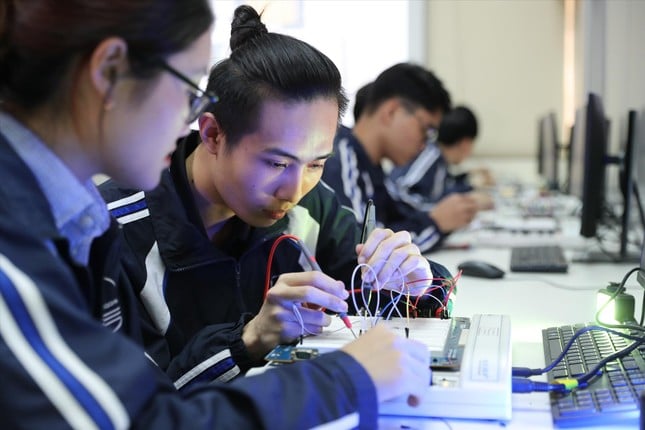

![[Photo] General Secretary To Lam attends the 80th Anniversary of the Cultural Sector's Traditional Day](https://vstatic.vietnam.vn/vietnam/resource/IMAGE/2025/8/23/7a88e6b58502490aa153adf8f0eec2b2)



![[Photo] Prime Minister Pham Minh Chinh chairs the meeting of the Government Party Committee Standing Committee](https://vstatic.vietnam.vn/vietnam/resource/IMAGE/2025/8/23/8e94aa3d26424d1ab1528c3e4bbacc45)
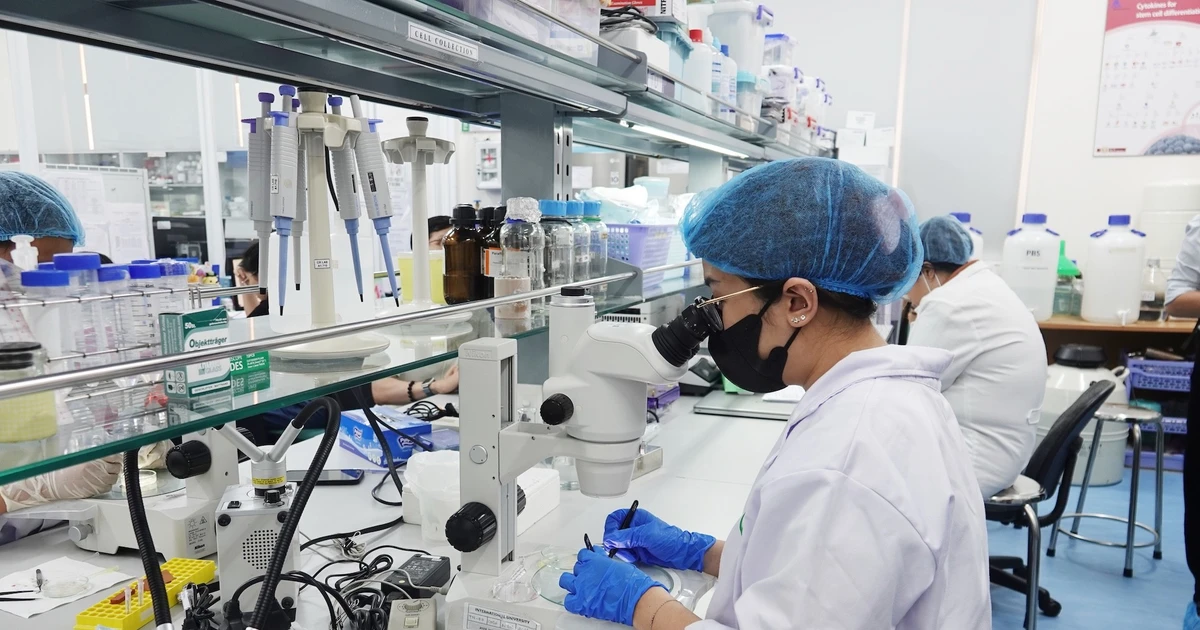





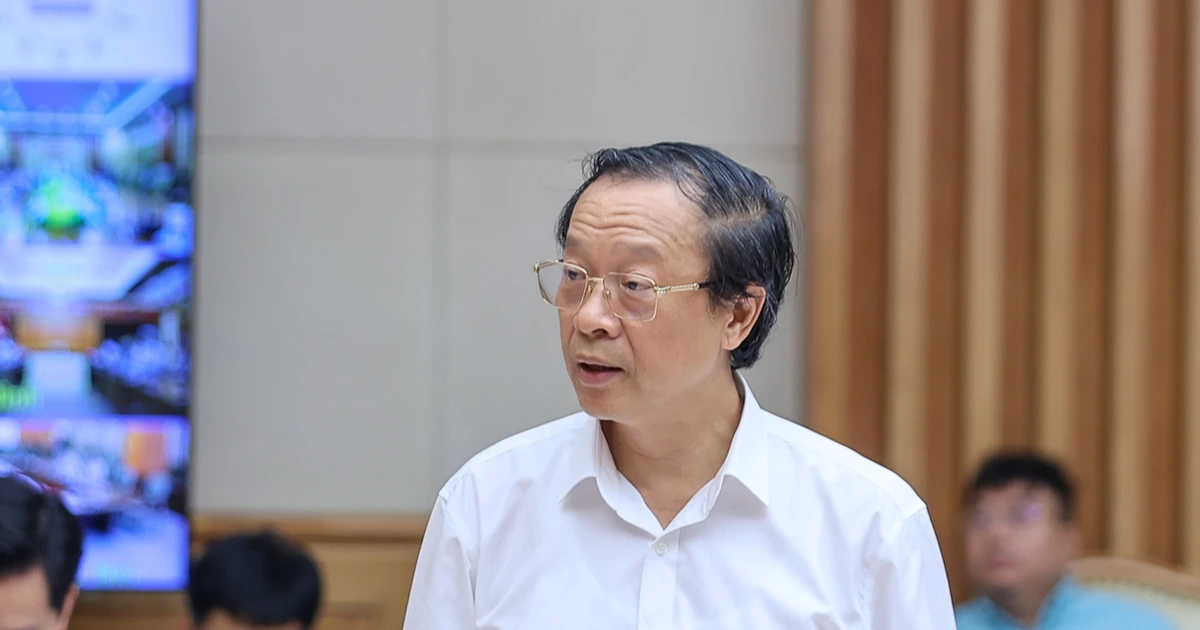
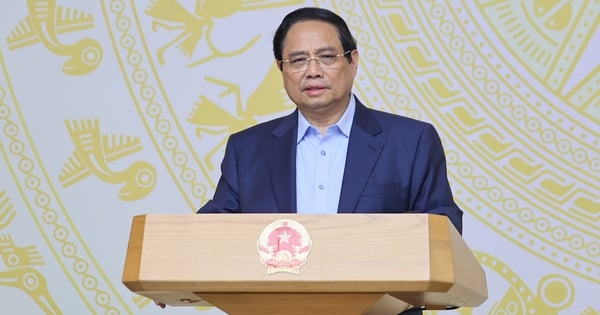





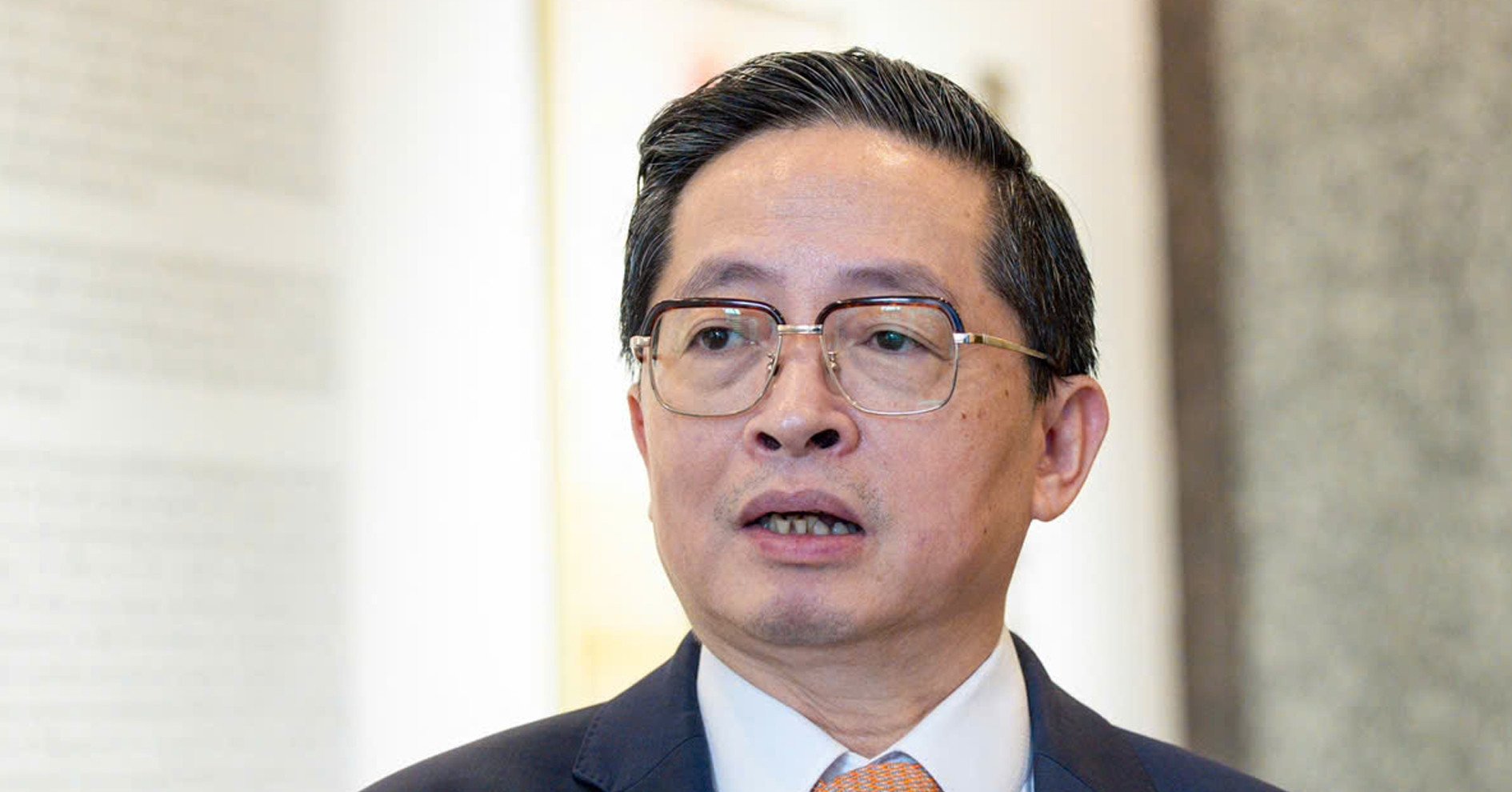



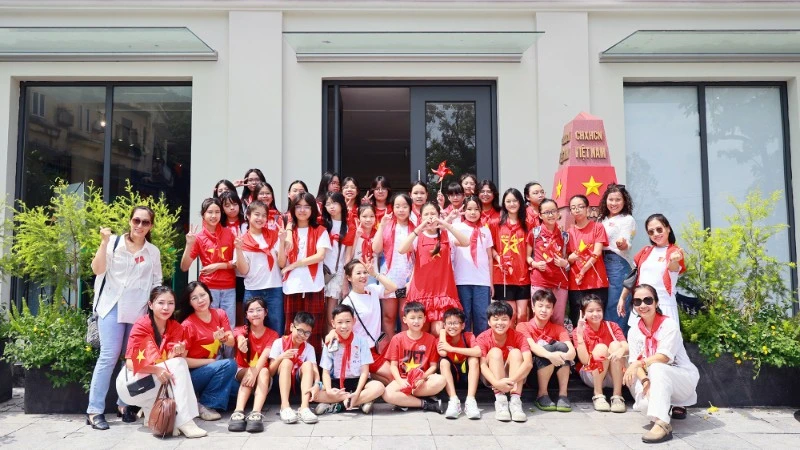
















































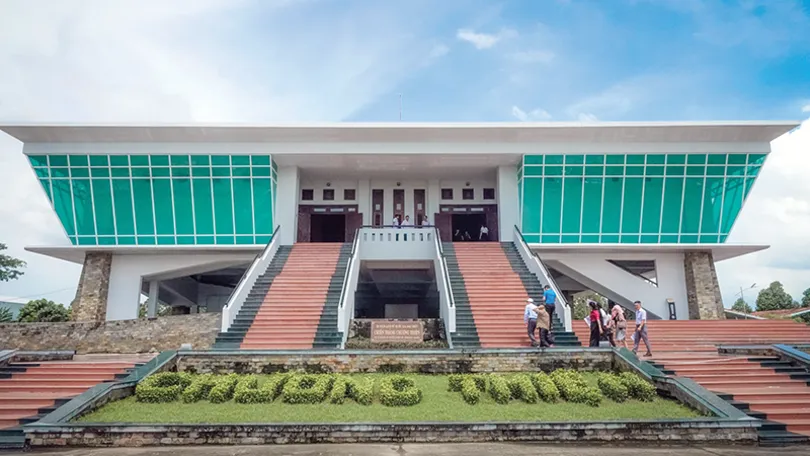
























Comment (0)